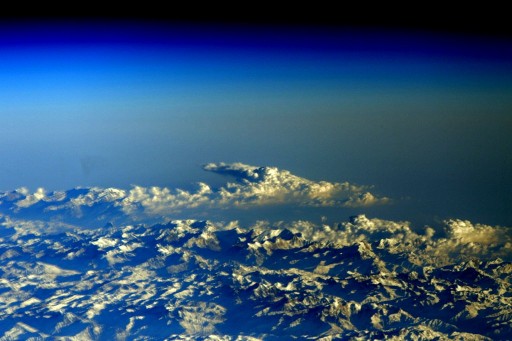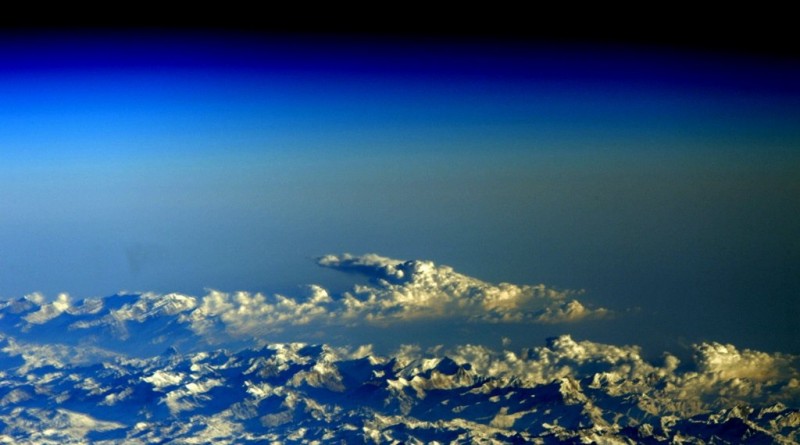ISS Operations Update – February 23, 2016

Experiments:
Space Automated Bioproduct Laboratory (SABL) Setup [SABL is a new space life science facility to be deployed on the International Space Station for a wide variety of research ranging from fundamental, applied and commercial space life sciences research to education-based investigations. The Space Automated Bioproduct Lab is an incubator facility to host cell culture and other biological experiments, supporting bacteria, yeast, algae, fungi, viruses, animal cells and tissues and small plant and animal organisms.]
Fine Motor Skills [Fine Motor Skills uses a tablet touchscreen application to monitor degradation in fine motor abilities over the course of an extended exposure to microgravity. A drop in fine motor skills can lead to problems when crew members are tasked with medical treatment, repairing sensitive equipment and interacting with touch-based equipment. Tests utilized by this study include multidirectional pointing, dragging, shape tracing, and object manipulation to create a knowledgebase that will allow scientists to evaluate the risk of fine motor performance decrements due to long-duration exposure to microgravity.]
Sleep ISS-12 [The ISS-12 experiment monitors the ambient light exposure and crew member activity and collects data on the subjective evaluation of sleep and alertness. Ambient light and activity are monitored via a wrist-worn actiwatch that delivers actiwatch spectrums that are put through bio-mathematical models of sleep and light to predict circadian phase. Sleep logs will be kept by crew members as a subjective assessment of sleep quality and duration. It is hoped that this investigation can deliver requirements for lighting, sleep-shifting protocols and workloads for future space exploration missions.]
Identification – Micro-Accelerometer Data Download [The Identification Payload records structural dynamics data inside the individual modules of the Russian Segment to provide structural data to improve spacecraft design.]
EXPOSE-R Photographing of Payload removed during recent EVA [The EXPOSE payload platform was developed by the European Space Agency to conduct astrobiology studies by exposing samples and experiments to the space environment – mounting the platforms on the exterior of ISS for an extended period of time before retrieving them for return to Earth. The effects of the space environment (increased UV exposure, cosmic radiation, microgravity, atomic oxygen, temperature variations) on organic matter and organisms have been heavily studied via space-based experiments and in ground-based laboratory simulations. These studies are performed to better understand the role of interstellar, cometary and planetary chemistry with respect to prebiotic molecules leading to the formation and evolution of life on Earth, also assessing the possibility of its distribution in space. EXPOSE experiments in the past exposed solid materials, gas mixtures, and biological samples to the space environment to simulate conditions on Mars and comets. The experiment module hosts four experiments – BIOMEX, BOSS, PSS and Biochip.]
Maintenance/Systems:
Nominal Inspections/Servicing Tasks (Morning Inspection, Caution & Warning Panel Check, Sozh System Maintenance) (Russian Crew)
Advanced Resistive Exercise Device (ARED) Rope Replacement
БМП Ф2 Micropurification Cartridge Bake Out
Water Processing Assembly (WPA) Catalytic Reactor Remove and Replace, Gas Separator and Reactor Health Sensor Replacement and cleaning of Avionics Air Assembly (AAA) inlet (The catalytic reactor was suspected by leaking since November and increased leak rates were seen in the last few weeks, also with a smell reported by the crew.)
Other Activities:
Soyuz TMA-18M Crew: Sokol Suit Leak Checks
Crew Departure Preparations
PAO Event

